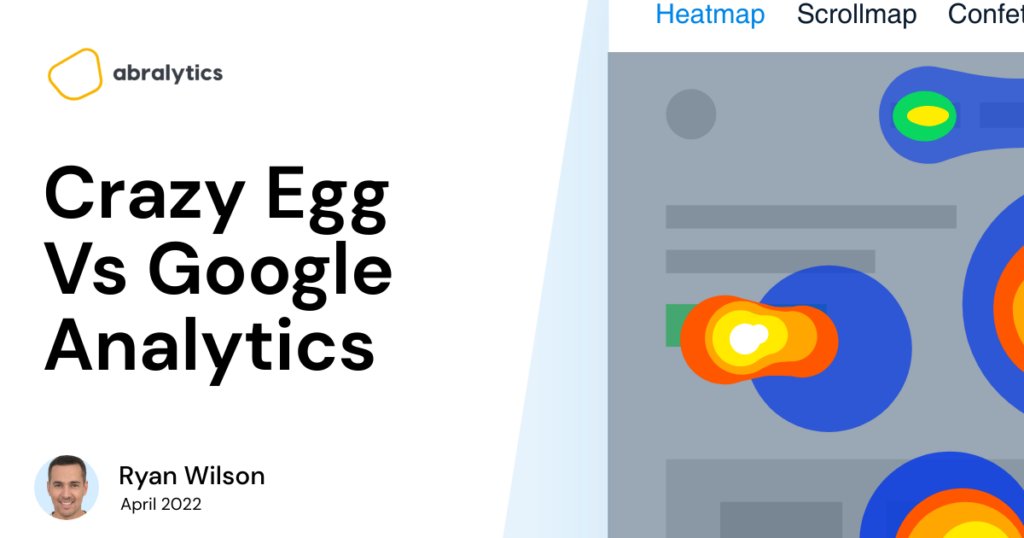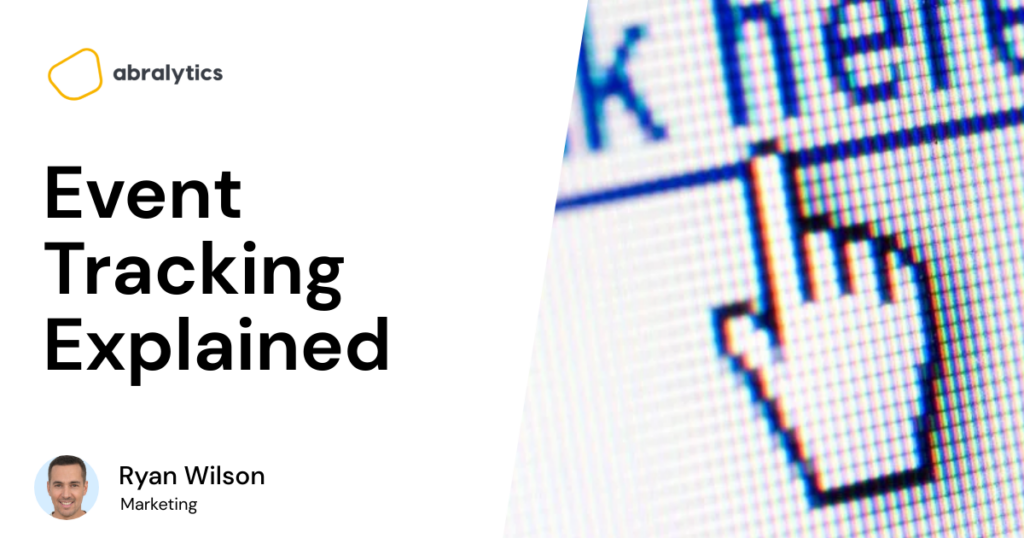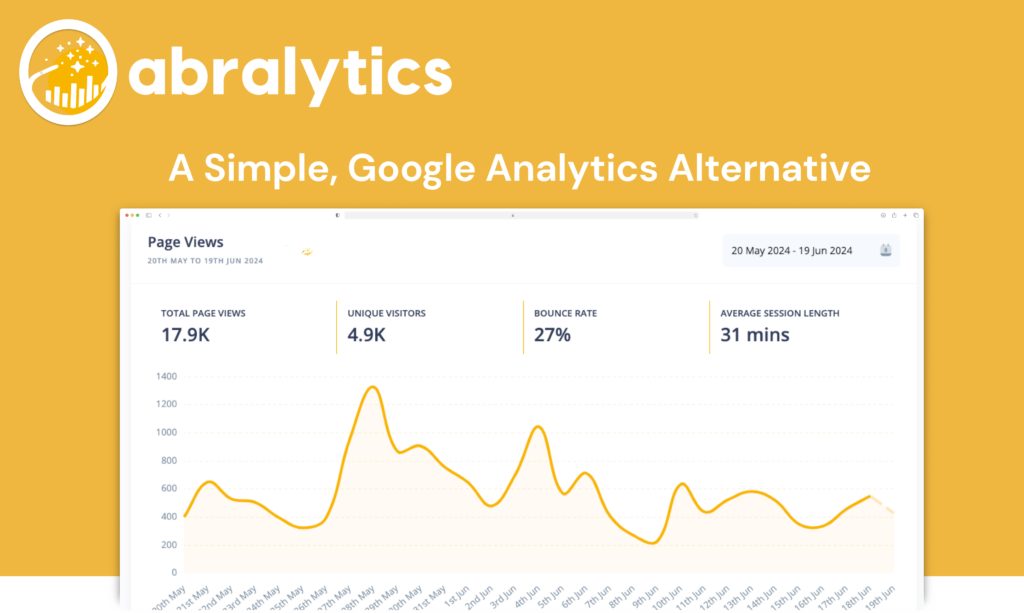Analytics for Customer Engagement
In March 2020, the world changed. And while some saw the beginning of the pandemic as the beginning of the apocalypse, others saw it as an opportunity to change their way of doing things. Change the way they shop, how they do research, and how they spend their downtime. And that makes sense, right? The rise of remote working has enabled more people to surf the internet and do their business online than ever before. Social isolation has also motivated many to improve their immediate surroundings by ordering products and homeware online. But that presents a challenge to business owners and webmasters. Are those customers finding what they’re searching for? Do they enjoy their browsing experience? Are they likely to return to or recommend your website to others when their session ends? Businesses need to analyze customer engagement and see if they can answer Yes! to these questions. Customer Engagement Analytics Customer engagement refers to the way that customers interact with a business. And tracking customer engagement in physical stores is relatively straightforward. You can set up structures that allow people to respond favorably when interacting with your brand. The right decor + Manage the air temperature inside the store + Service with a smile = Happy, returning customer. Source Pexels.com You can see how your customers respond to your product and their overall experience. This, in turn, tells you what you’re doing right and what you’re doing wrong. Tracking customer engagement for an online business might be less straightforward, but it is doable. Related article – Top Ecommerce Metrics to track in 2022 Customer Engagement Analytics allows businesses to put themselves in their customers’ shoes and think like the person visiting their website. Doing this allows them to envision the customer journey from beginning to end and adjust their product accordingly. Let’s look at 5 of the most important Customer Engagement metrics to track and why they’re essential to the longevity of your online business. The Net Promoter Score The Net Promoter Score or NPS has to do with long-term customer loyalty and the likelihood of those individuals returning to purchase your product or view your web pages again. An NPS is usually calculated using a single-question survey at various intervals during a customer journey. This gauges their satisfaction with your product or service. “On a scale of 1 – 10, how likely are you to recommend [Company name] to others?” That’s a typical example of a question you might have come across from which an NPS is calculated. Source Pexels.com A score between 1 and 6 is regarded as negative, while scoring 7 or 8 is neutral. In a net promoter score, you want your customer feedback to be either a 9 or a 10. This is considered a positive and the likelihood that the person will return or promote your brand to others is high. Why is this important? The higher the score, the more likely a company is to retain customers in the long run. With the NPS, a company can make adjustments to improve the customer experience and monitor loyalty trends. This helps with your customer’s lifetime value. A net promoter score also helps a business gauge how far ahead or behind they are in connection with their competition’s ability to retain customers. Customer Satisfaction Score The customer satisfaction score, similar to the net promoter score, is calculated using a survey during the customer journey. “On a scale of 1 – 10, how satisfied are you with your purchase.” But the key difference between these two scores is that the CTS gives you insights into the short-term satisfaction of your clients. In other words, are they satisfied with their product purchase or website experience? The scoring system is also formulated the same as the net promoter score. So you’re always aiming for your feedback to be either a 9 or a 10. The higher the score, the higher your probability of customer retention. Why is this important? Knowing how satisfied your customers are on a short-term basis helps you to make real-time decisions. For example, you can change how your checkout process works or pay more attention to the quality of your product to retain more customers if you notice a low score. The customer satisfaction score also tells us a lot about customer behavior. That’s because we understand the likes or dislikes of website visitors with customer analytics. Knowing how satisfied people are with your brand will help you engage them more effectively. Customer Effort Score The third survey on our list is the customer effort score. This score indicates the effort customers put into interacting with your company. It helps you understand some important factors that might need attention. Is it easy to find your website? Are your web pages easy to navigate? Do the ads and pop-ups take away from the customer experience? Is the checkout process easy enough to encourage clients to follow through with their purchases? The reason why so many people choose to do their business online is that it makes life easier. But the questions businesses need to ask are not only about the customer’s experience but also about the effort they put into making life easier for customers. How much effort are we putting into solving issues for our customers? How much time do we dedicate to helping our customers make successful purchases? Are we investing our time and money wisely to create a user-friendly experience? Knowing the answers to these questions will help you make the shopping experience enjoyable for your customers and improve customer engagement. Why is this important? Suppose the layout of your website or factors like advertising pop-ups and forms take away from that experience. In that case, your customers will likely not have the patience to remain on your pages all the way to a successful checkout. Source Pexels Churn The churn rate is the number of customers that stop interacting with your







